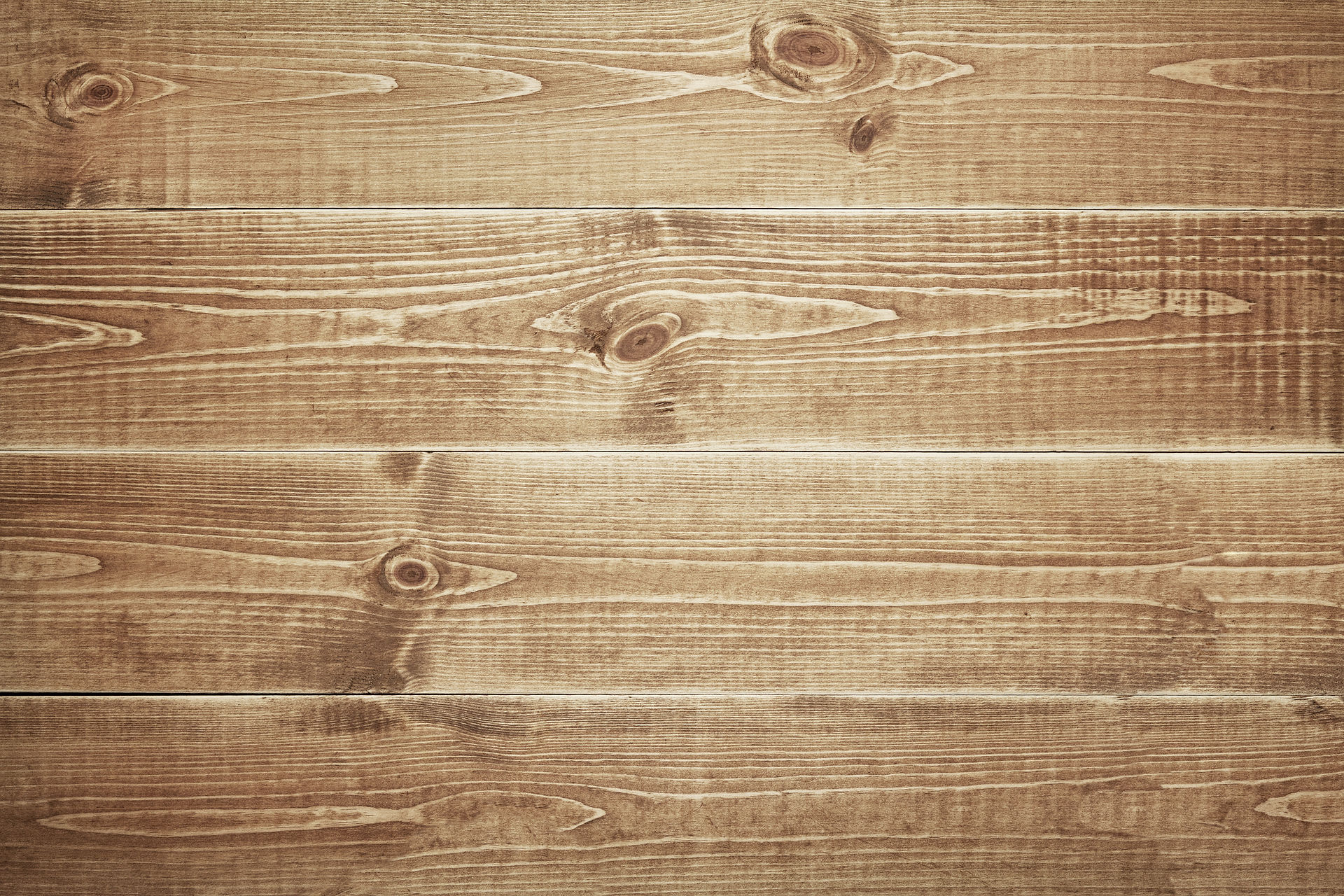Wasp Season Has Started—Here’s What to Watch For (And What to Do About It)
- Jeff Overstreet

- Jul 2
- 4 min read

The sting season has officially begun.
Once June rolls around in North Texas, the warm weather doesn’t just bring pool parties and backyard BBQs. It also signals the kickoff of peak wasp activity. Colonies that started quietly in spring are now expanding—and the wasps protecting them are getting more territorial by the day.
This is the moment where a little prevention can go a long way. Because once a wasp nest gets large, aggressive, and well hidden, it becomes more than just a nuisance. It becomes a threat to anyone who gets too close.
If you’ve noticed more buzzing lately, or spotted something unusual under your eaves or in your shed, you might already be hosting a colony. But don’t panic. Understanding how wasp season works and knowing what to look for is the first step toward getting ahead of it.
Let’s break it down.
Why Wasp Season Ramps Up Now
In early spring, wasp queens emerge from hibernation and begin building new nests. These nests typically start small—a few open cells hanging under an eave, or a clump of mud in a garage corner—but by June, the colony is well into its growth cycle. The workers have taken over nest-building duties, and the queen is now focused on laying eggs.
This is the month when colonies become highly active. That single nest you ignored back in May may now house dozens, sometimes hundreds, of stinging insects. And with each warm day, that number grows.
The behavior of wasps also shifts as summer heat intensifies. They're more likely to explore new territory, defend their space, and sting when disturbed. If they’ve built near your front porch, grill, or swing set, the risk of an encounter increases fast.
What You’re Likely to See First
In most cases, homeowners notice the wasps before they notice the nest. You might spot them circling a specific corner of your patio or disappearing under the siding near your roofline. They often return to the same entry point repeatedly, so even if the nest is out of sight, the flight pattern is a clue.
The first visible sign is usually a small paper structure hanging in a protected spot—under a second-story eave, behind a light fixture, or tucked beneath a patio umbrella. These are typically paper wasp nests, and they’re easiest to deal with when they’re new. Let them go another few weeks, and the colony will triple in size.
Sometimes, though, you won’t see the nest at all. That’s often the case with yellowjackets, which are notorious for building in walls, attics, or underground. Instead of a hanging structure, you’ll see them flying in and out of a tiny hole near your foundation or roof. Homeowners often assume they’re just passing through—until one day they start coming out of the vent in the bathroom ceiling.
Where They Nest (And Why You Should Care)
Wasps are strategic nesters. They look for places that are protected from wind and rain, close to food sources (like your trash or picnic table), and high enough to avoid natural predators.
Unfortunately, that makes human homes the perfect setup. Wasp nests show up under eaves, in outdoor light fixtures, inside sheds, beneath playsets, and even inside unused grills. A nest that seems small and harmless now can become dangerous quickly—especially if kids or pets are nearby.
Yellowjackets are a different kind of problem. While paper wasps typically build their nests out in the open, yellowjackets hide theirs. They use wall voids, attic spaces, and even gaps in the ground to form large colonies that are often invisible until they’re disturbed. And unlike paper wasps, yellowjackets don’t need much of a reason to sting. They’ll defend the nest aggressively, even if you’re just walking by with the trash.
The Worst Thing You Can Do? Wait.
Every year, we get calls from homeowners who waited too long. They noticed the nest. They meant to take care of it. But June turned into July, and suddenly it was the size of a football and sitting ten feet above the front door.
By the time a nest is fully active, DIY sprays aren’t enough to handle it. Worse, disturbing a large colony without proper protection can result in multiple stings—not just for you, but for anyone nearby. This isn’t just inconvenient. For people with allergies, it’s potentially life-threatening.
Even if you’re not sure what you’re looking at, a quick inspection by a professional can make all the difference. Wasps are creatures of habit. If they nested on your property last year, they’ll likely return. And if they’ve already started this year, the best time to intervene is right now.
Let’s Take Summer Back
At Bug Zone, we know exactly what to look for and where to find it. We specialize in identifying active nests, locating hidden yellowjacket colonies, and safely removing stinging pests before they spread. Our treatments are fast, targeted, and designed to keep your home safe all summer long.
If you’ve seen more wasps than usual this week—or even if you haven’t—now’s the time to act.
Call Bug Zone at (972) 867-9800 or email office@bugzonepest.com to schedule your service.Let’s make your home a no-fly zone for wasps.







Comments